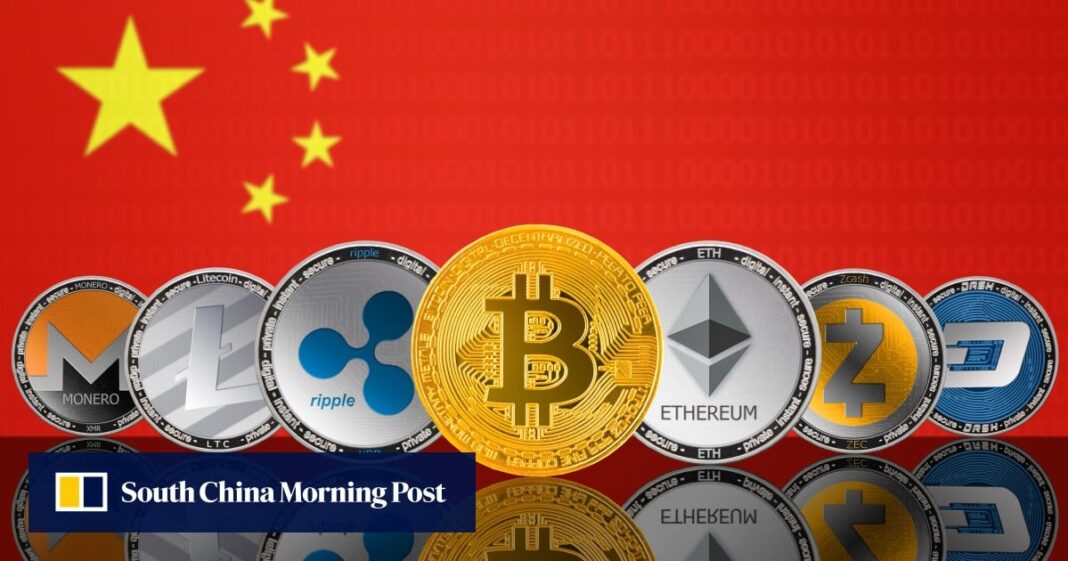Market Pulse
Decentralized finance (DeFi) perpetual swaps have achieved a monumental milestone in October 2025, recording over $1 trillion in cumulative trading volume across various platforms. This unprecedented surge underscores the burgeoning maturity of on-chain derivatives markets and signals a significant shift in how sophisticated traders engage with crypto assets. The record-breaking activity highlights not only increased liquidity and user adoption but also the growing ambition of DeFi to rival traditional finance in providing complex trading instruments, albeit with inherent decentralized risks.
A Trillion-Dollar Milestone for On-Chain Derivatives
As of October 24, 2025, the aggregated trading volume for decentralized perpetual swaps has officially surpassed the $1 trillion mark for the month, setting a new all-time high. This staggering figure represents a substantial leap from previous months and years, demonstrating accelerated growth within the DeFi ecosystem. Key platforms such as dYdX, GMX, Hyperliquid, and others have collectively contributed to this achievement, processing billions of dollars in trades daily. The milestone is particularly noteworthy as it reflects an expanding appetite for leveraged trading directly on the blockchain, bypassing traditional centralized intermediaries.
- Volume Breakdown: While specific platform breakdowns vary, dYdX, a long-standing player, continues to command a significant portion of the market, complemented by the rapid growth of newer entrants on various Layer-2 solutions and alternative chains.
- Historical Context: To put this into perspective, just two years ago, a billion-dollar daily volume was considered exceptional for the entire decentralized exchange (DEX) sector. The current $1 trillion monthly volume for perps alone illustrates a parabolic trajectory.
- Market Share: This surge positions decentralized perpetuals as a formidable competitor to their centralized counterparts, gradually eroding the dominance of platforms like Binance and Bybit in the derivatives space.
Key Drivers Behind the Explosive Growth
Several factors are converging to fuel the meteoric rise in DeFi perpetuals trading. Improved user interfaces and experience (UX) have made these platforms more accessible, while enhanced liquidity across major pairs has reduced slippage for large orders. Furthermore, the relentless pace of innovation in Layer-2 scaling solutions and app-specific blockchains has drastically lowered transaction costs and increased throughput, making high-frequency trading economically viable on-chain.
The inherent transparency and censorship resistance of decentralized protocols also attract a segment of traders wary of centralized exchange regulations and potential asset freezes. As global regulatory landscapes evolve, the appeal of self-custody and immutable smart contracts becomes increasingly compelling for crypto-native participants.
Implications for the Decentralized Finance Ecosystem
This $1 trillion milestone carries profound implications for the broader DeFi ecosystem. It validates the foundational premise of decentralized financial infrastructure—that complex financial instruments can be operated efficiently and securely without intermediaries. The increased activity draws more capital and talent into DeFi, fostering further innovation in areas like liquidity provision, risk management, and protocol design. It also signals a growing sophistication among DeFi users, moving beyond simple spot trading to more advanced strategies involving leverage and hedging.
Navigating the Risks and Future Outlook
Despite the celebratory figures, the rapid expansion of DeFi perpetuals is not without its caveats. The high-leverage nature of perpetual swaps inherently amplifies risk, exposing traders to significant liquidation events during periods of high volatility. Smart contract vulnerabilities, while continuously being addressed, remain a non-zero risk, as do potential oracle manipulation attacks that could impact price feeds. Regulatory bodies globally are also increasingly scrutinizing decentralized derivatives, raising questions about potential future oversight.
Looking ahead, the trajectory suggests continued growth, driven by technological advancements and increasing institutional comfort with on-chain solutions. The challenge for DeFi will be to balance rapid innovation with robust security and clear risk disclosures to maintain trust and attract an even wider user base, solidifying its position as a mature financial market.
Conclusion
The breaking of the $1 trillion monthly volume barrier for DeFi perpetual swaps in October 2025 is a landmark achievement, heralding a new era of decentralized derivatives trading. It underscores the incredible progress of the DeFi sector in building robust, high-volume financial markets on the blockchain. While this growth is a powerful testament to DeFi’s potential, participants must remain acutely aware of the amplified risks associated with leveraged trading in a permissionless environment. As DeFi continues its ascent, the balancing act between innovation, security, and prudent risk management will be paramount to its sustained success.
Pros (Bullish Points)
- Validates DeFi's capability to handle significant trading volumes and complex financial instruments, attracting more capital.
- Fosters further innovation in decentralized derivatives, liquidity provision, and risk management protocols.
Cons (Bearish Points)
- Increased leverage and speculation can lead to higher market volatility and amplified liquidation risks for traders.
- Potential for heightened regulatory scrutiny on decentralized derivatives platforms globally, creating uncertainty.
Frequently Asked Questions
What are DeFi perpetual swaps?
DeFi perpetual swaps are decentralized derivatives contracts that allow traders to speculate on the future price of an asset with leverage, without an expiry date, and typically settled in stablecoins.
What drives such high trading volumes in DeFi perpetuals?
High volumes are driven by improved Layer-2 scaling solutions lowering fees, better user interfaces, deeper liquidity, and a growing preference for censorship-resistant, self-custodial trading environments.
How do DeFi perpetuals compare to centralized exchange (CeFi) perpetuals?
DeFi perpetuals operate on smart contracts, offering transparency and self-custody, but may have higher gas fees (though improving) and rely on oracles. CeFi perps offer potentially lower fees, deeper liquidity, and easier onboarding, but come with counterparty risk and centralized control over funds.




